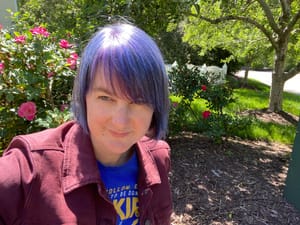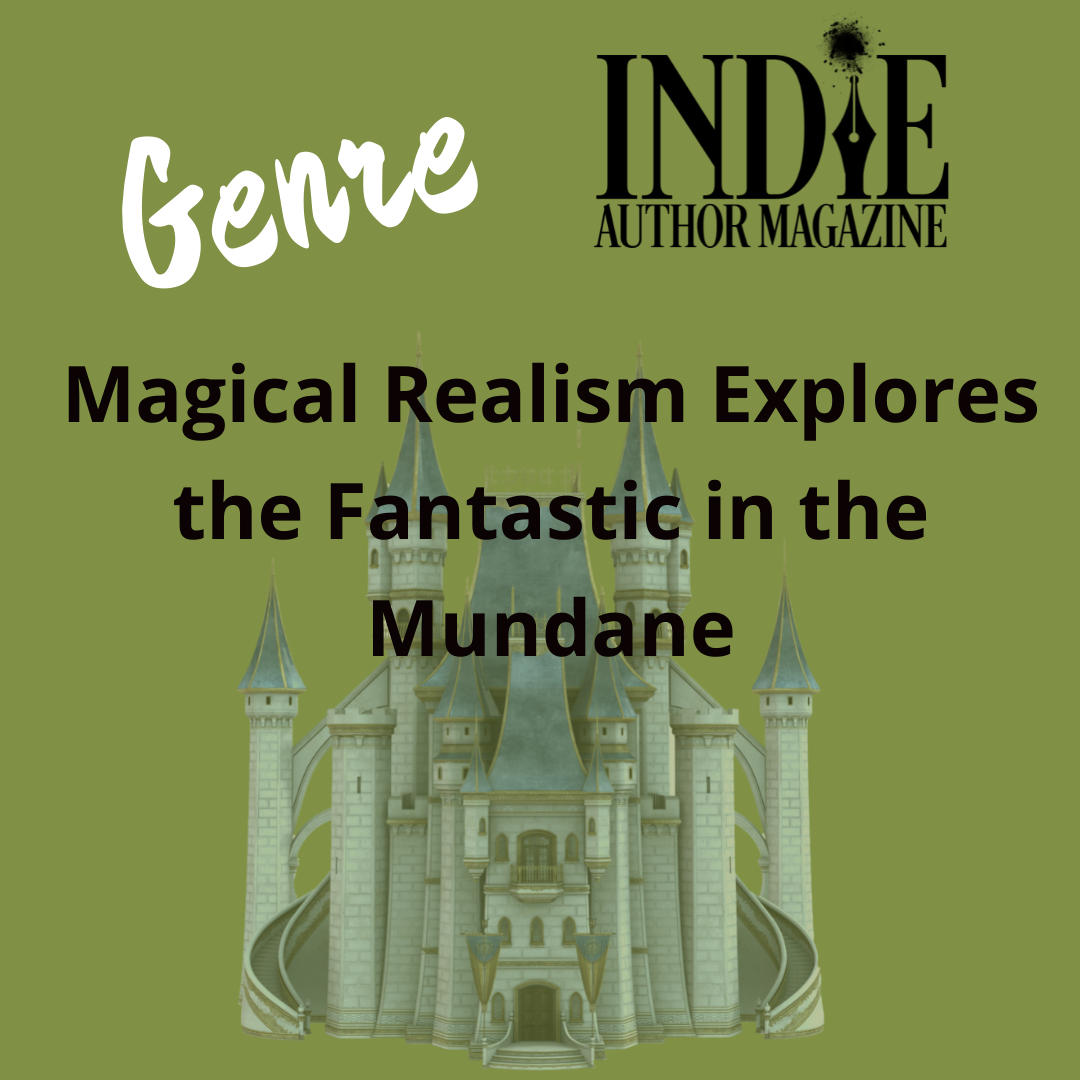Exploring the Fantastic in the Mundane with the Magical Realism Genre
Jenn Lessmann
An old man with giant, feathered wings is discovered lying face-down on the ground, and the whole town comes out to see him—until a carnival arrives, and they lose interest.
For a moment, Gabriel Garcia Marquez’s short story “A Very Old Man With Enormous Wings” sounds like the start of a typical Fantasy, but the story blends something extraordinary with gritty depictions of the natural world and treats a clearly supernatural being as a mere curiosity—a contradiction typical of Magical Realism. The genre emphasizes the mundane aspects of marvelous creatures and elements to such a degree that when magical things happen, characters accept them as a part of everyday life. By blurring the lines between Realistic Fiction and Fantasy, authors draw attention to the absurdity and mysteries of reality.
Although it is often confused with subgenres of Fantasy, due to the magical elements at play, Magical Realism is more directly linked to Realist and Speculative Fiction. Traditionally, stories that fall under Fantasy categories are characterized by their creation of a new reality. Even Urban Fantasies, which take place in modern settings, build worlds that play by different rules than ours and usually follow those rules consistently. In Magical Realism, the author makes no attempt to explain the fantastic elements and the uncanny chaos that occurs when they appear in an otherwise mundane setting. Readers are meant to feel unsettled by the contrast.
History
Compared with other fantastical genres, Magical Realism is fairly new to the literary world. German art critic Franz Roh coined the term “magic realism” in 1925 to describe a style of painting that was also viewed as “fantastical,” “marvelous,” and “surreal.” The artists pushed the boundaries of Realism by portraying fantastical elements as part of the rational world. Their works influenced many writers of the time, including Italian writer Massimo Bontempelli, who founded a magic realist magazine in 1926.
In 1955, a literary critic first used the term “magical realism” in his essay on the works of Argentine author Jorge Luis Borges. Magical Realism continues to be best associated with the work of Latin American authors, like Isabel Allende and Laura Esquivel. However, writers from many cultures have contributed to the genre, including Toni Morrison, Haruki Murakami, Salman Rushdie, Yann Martel, and Neil Gaiman.
Controversy
In a 2014 article for Vox, Kelsey McKinney details some of the debates around the genre, primarily concerns about cultural appropriation. “Because magical realism was popularized in countries that had been colonized, scholars like Brahim Barhoun of the University of Madrid see the adoption of magical realism into mainstream literature by commercial writers as cultural appropriation,” writes McKinney. The use of Magical Realism to make social commentary, particularly anti-imperialist sentiments, ties the literature to political movements, including Latin American nationalism.
Others argue that while Magical Realism was popularized in Latin America, the genre has Western roots and global applications. Angel Flores, author of Magical Realism in Spanish America, says that “Magical realism is a continuation of the romantic realist tradition of Spanish language literature and its European counterparts,” and as such should not be considered exclusive to Latin America, though it should be recognized as having a “Hispanic birthplace.” Indeed, McKinney says that “a case could be made that magical realism and the Latin American ‘Boom’ also paved the way for later literary movements by underrepresented groups like the postcolonial literature” of authors like Margaret Atwood and Naguib Mahfouz.
Magic in Modern Life
Although Magical Realism continues to be popular among readers who also enjoy Speculative Fiction, Fairytale Retellings, Cozy Fantasy, and Urban Fantasy, there are still people who might not recognize the term, particularly outside of a Latin American social context. This can make it difficult to market, since some of your potentially most-dedicated readers won’t think to search this category. Because of this, you’ll often find Magical Realism books shelved under the next-closest genre. The Water Dancer by Ta-Nehisi Coates, for example, sometimes appears under Historical Fiction or Science Fiction. Zoraida Cordova’s The Inheritance of Orquídea Divina is often labeled Paranormal or Urban Fantasy. Several of Adrienne Young’s and Sarah Addison Allen’s books are tagged as Women’s Fiction, despite being driven by elements of Magical Realism.
In general, Magical Realism tends to be viewed as a more literary approach to magic than any of the subgenres of Fantasy. It seems to be most successful when it’s published as an upmarket work.
Characteristics of Magical Realism
- Realistic Setting: Usually contemporary; a modern time and place
- Magical or Fantastical elements, which are accepted as normal by the characters
- Limited Information (Authorial Reticence): No explanation is given for the existence of magical or fantastical elements
- Political or Social Critique: Often told from a marginalized perspective, these stories offer criticism of those in power.
Resources
- PBS: Why Magical Realism is a Global Phenomenon | It's Lit (https://www.youtube.com/watch?v=scgn2BCcht4)
- “What Is Magical Realism? Definition and Examples of Magical Realism in Literature, Plus 7 Magical Realism Novels You Should Read” by Masterclass: https://www.masterclass.com/articles/what-is-magical-realism
- “11 Questions You're Too Embarrassed To Ask About Magical Realism” by Kelsey McKinney, Vox: https://www.vox.com/2014/4/20/5628812/11-questions-youre-too-embarrassed-to-ask-about-magical-realism
- “For The Last Time: What Is The Difference Between Fantasy And Magical Realism?” by AJ Vrana (https://thechaoscycle.com/what-is-the-difference-between-fantasy-and-magical-realism/)
- “10 Must-Read Magical Realism Books for a Touch of Enchantment” by Robyn Moreno, Reader’s Digest: https://www.rd.com/list/magical-realism-books/
Jenn Lessmann


